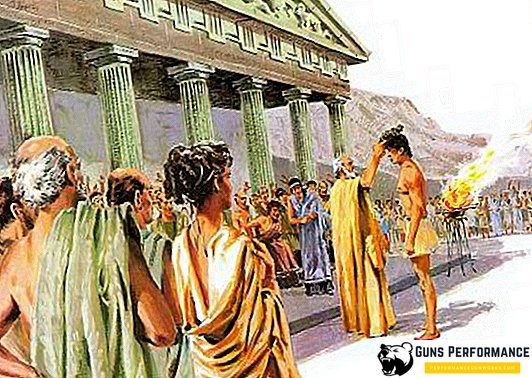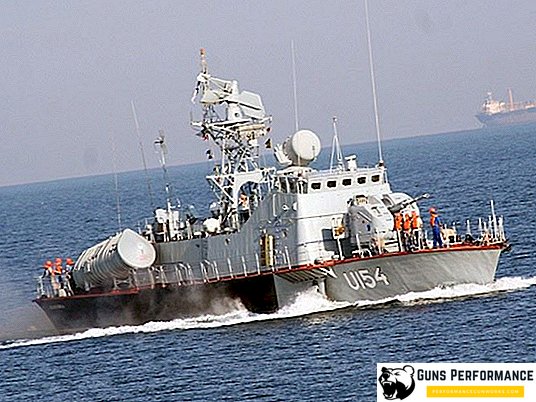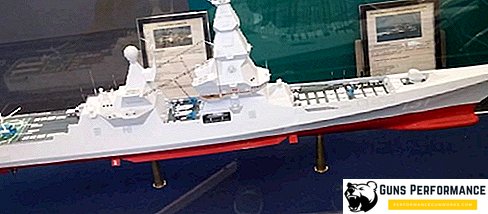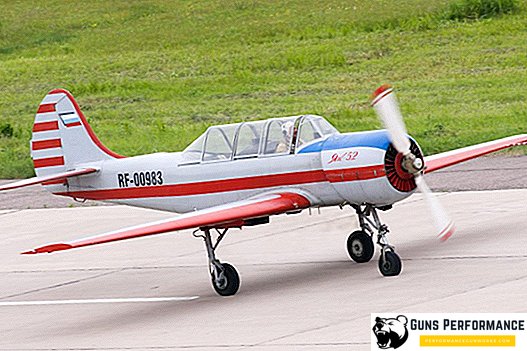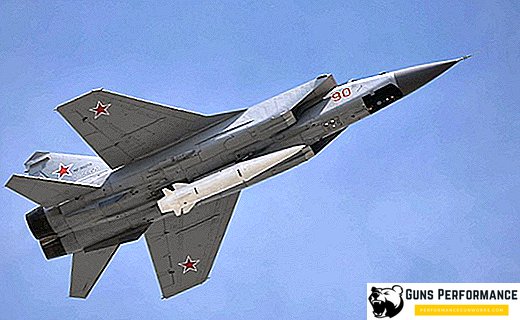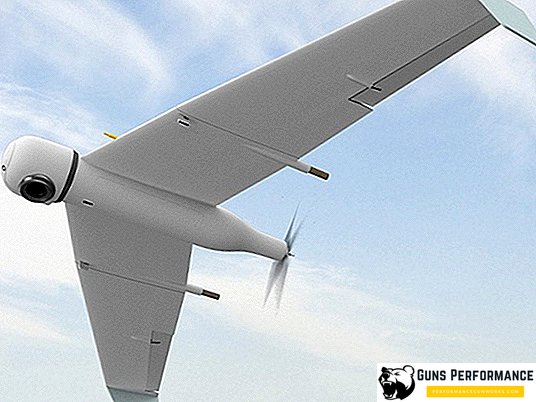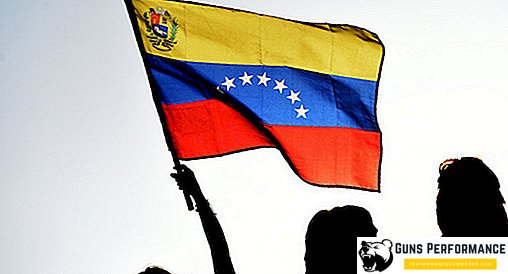Bren is an English manual machine gun, created on the basis of the Czech machine gun ZB-26. The British used it as a light infantry machine gun. The name of this weapon comes from the names of the cities in which the machine gun was developed, and then mass-produced: Brno (Brno) and Enfield (Enfield).
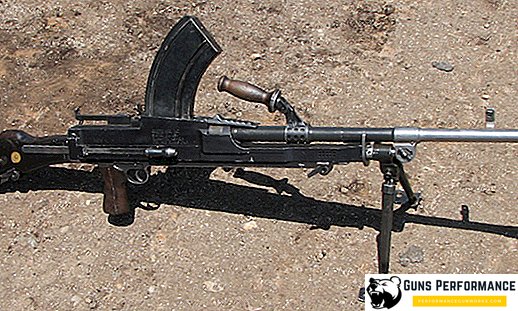
The Bren machine gun went through the entire World War II with the English army, he took part in most of the conflicts of the second half of the last century and was discontinued in 1971 only. But after this point the British used it.
Soldiers loved this weapon. The Bren machine gun was notable for its simplicity and reliability in operation, it was easy to maintain. In addition, this weapon was relatively light and highly accurate.
The history of the creation of the Bran machine gun
The history of the Bren light machine gun began in 1930, when the British military decided to hold a competition for a new light machine gun .303. He had to come to replace the obviously outdated machine guns of the Lewis and Hotchkiss system.
The English military attache in the Czech Republic sent positive feedback on the Czech machine gun ZB-30 "Zbroevka Brno" and recommended the commission to pay attention to it. This machine gun was the last to be included in the contest, but in the first round of selection it showed excellent results, after which the British ordered its version in Brno under the cartridge .303.
A number of improvements and changes were made to the design of the weapon; in May 1935, an agreement was signed between the Czech company Zbroevka Brno and the British Government to begin the licensed production of these weapons. Launching machine gun was carried out at the famous gun factory in Enfield and lasted until 1937. The light machine gun received the name composed of the first syllables of two cities: BRno-ENfield - Bren.

The main differences of the machine gun "Bran" from the ZB-30 are associated with the peculiarities of the British ammunition. The .303 cartridge had edges, but the Mauzer cartridge did not.
By the way, the Czechs continued to release the ZB-30 machine gun under the Mauser cartridge 7.92 mm. They supplied these weapons to their national army, as well as to Lithuania and Bulgaria.
The Bren machine gun was adopted in August 1938. The first modification was called the Mk 1. The machine gun had a shoulder support and an additional handle; they were later abandoned. Large-scale production of weapons began only next year, after the attack of Hitler on Poland.

In 1940, the machine gun began to enter the army in large quantities, by the middle of 1940, the British army numbered more than 40 thousand of these weapons. A lot of machine guns were lost after the battle at Dunkirk. The British themselves could not make up for the losses, so the production of Bren began in Canada. In 1943, the Canadian company John Inglis and Company produced 60% of all Bran machine guns.
During the war several modifications of this weapon were created (Bren Mk.2 - Bren Mk.4). Designers sought to make the machine gun simpler and cheaper.
After the war and the transition of England to the NATO 7.62-mm cartridge, most of the machine guns were also converted to this ammunition, these machine guns were designated L4A1 - L4A6.
Production of "Bran" lasted until 1971, the British army used it until the early 80s. Soldiers loved these weapons for their reliability, simplicity and high accuracy. He showed high performance in the Norwegian fjords, and in the sands of the Middle East.

Bren design description
Work automation Bren machine gun based on the removal of powder gases from the barrel. The vapor cylinder is located under the barrel and has an adjustment of the diameter of the hole in the channel. The regulator has four positions.
The piston stroke is long. The barrel is locked by skewing the bolt. The device of the firing mechanism allows both automatic and single fire.
The machine gun "Bran" has a replaceable barrel of air cooling, which is attached to the receiver by a dry-threaded connection. It takes only seven seconds to change the trunk. To avoid burns of the hands when replacing the trunk, it was equipped with a wooden handle, which was also used when carrying the weapon.

Food is produced from a sector box magazine with a capacity of thirty rounds located at the top. With the store removed, the receiver's window is closed with a special lid, which is fixed by the magazine latch. Extraction sleeves carried down. The first modification of the machine gun (Mk.1) used a disk magazine with a capacity of one hundred rounds, but was later abandoned because of its high cost and lack of reliability.
Because of the rim on the sleeve, the cartridge was often skewed, so it was recommended to the soldiers to equip the shop not with 30 cartridges, but 27-28.
On the left above the pistol grip is a translator of the fire regime with three positions: single fire, automatic fire and safety lock.

Since the machine gun shop was mounted on top, the sights were shifted to the left. The sight is diopter, sector type, with a breakdown from 200 to 2000 yards (step 50 yards).
The machine gun was equipped with folding bipod, which was attached to the gas cylinder. The butt of the machine gun had a special back plate that reduced recoil when firing. Bren could be mounted on a special tripod and used as an anti-aircraft machine gun.
The advantages of the Bren light machine gun include its simplicity, reliability, and high accuracy.
If we talk about the flaws of "Bran", then we can point out the following points:
- low rate of fire;
- frequent distortions of cartridges caused by not very successful cartridge;
- store capacity too small;
- The shop located on top limited the review to the machine gunner.
It should also be added that the Bren was quite difficult to manufacture and expensive, the machine gun contained a large number of milled parts.

Tactical and technical characteristics of the machine gun Bran
| Caliber | .303 British (Mk.1-Mk.3); 7.62 mm NATO (L4) |
| Weight | 8.68 kg bipod |
| Length | 1156 mm |
| Barrel length | 635 mm |
| Nutrition | Shop 30 rounds |
| Rate of fire | 500 shots / min |


